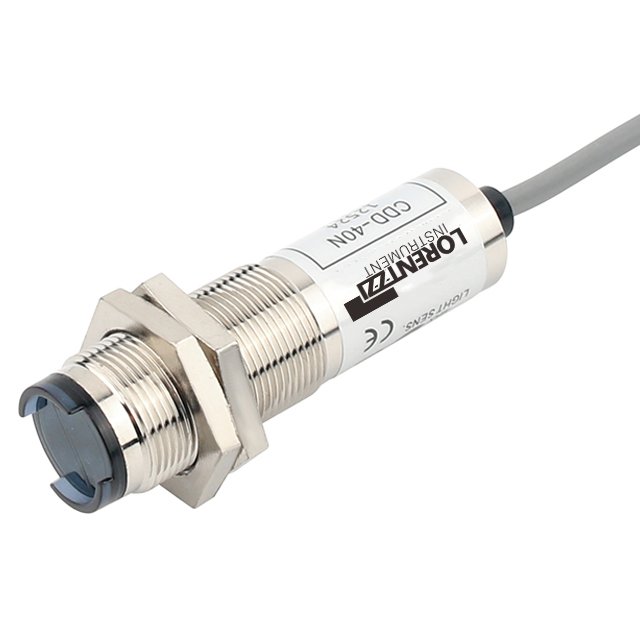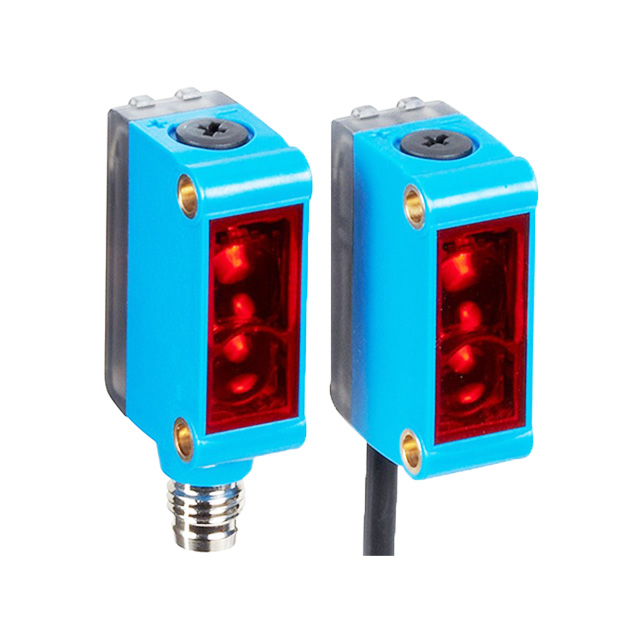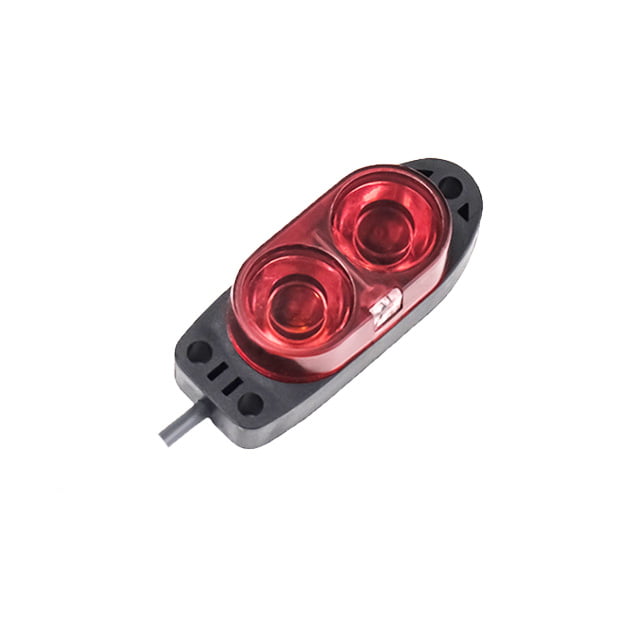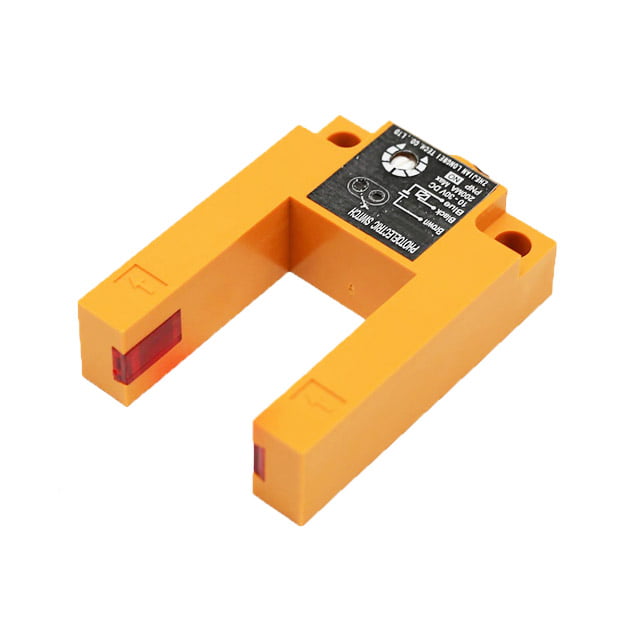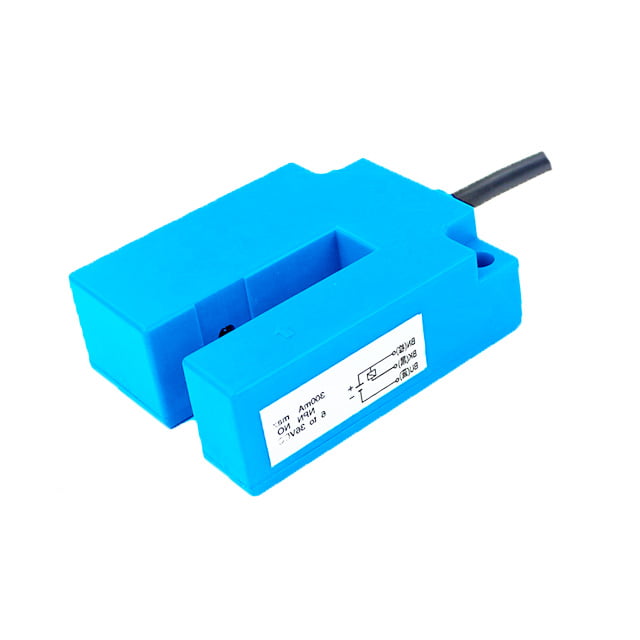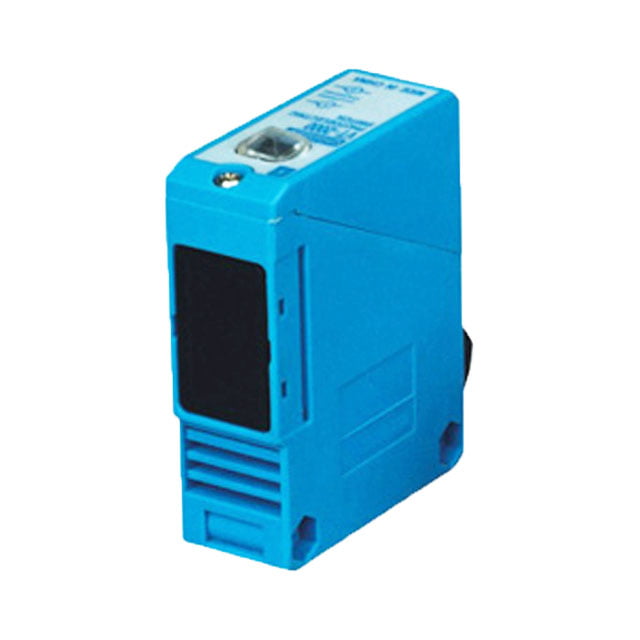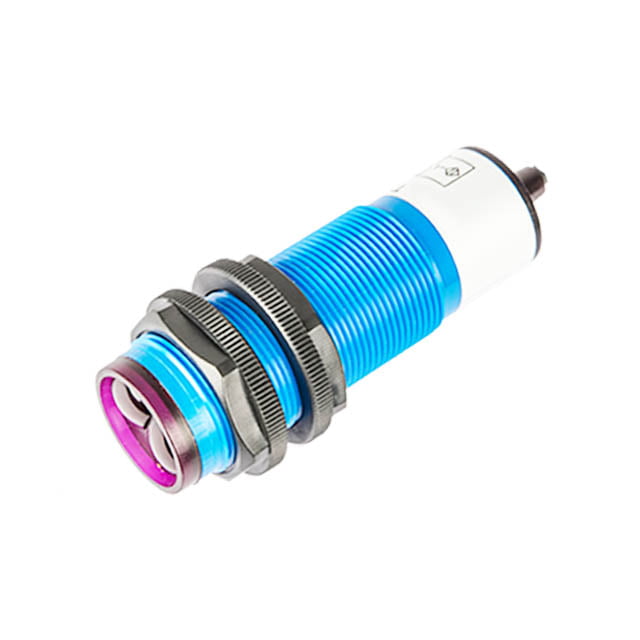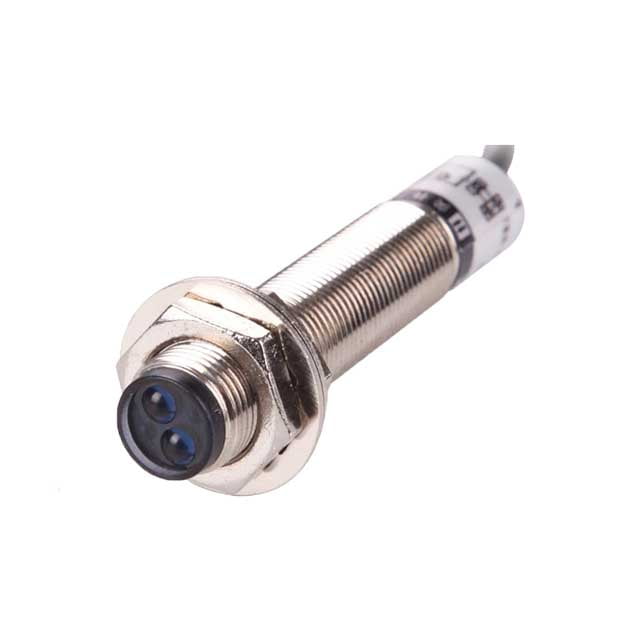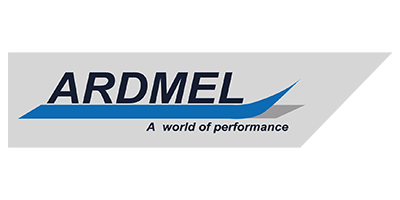Photoelectric Sensor
- Diffuse, retro-reflective and through-beam types available
- IP67 protection level, waterproof and oil-proof
- Over 10 years of manufacturing experience
- Two-year extended warranty
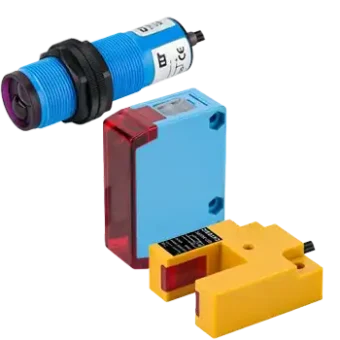
Our products
The types of Lorentzzi® photoelectric sensors include diffuse, retro-reflective, through-beam and color mark photoelectric sensors. According to the shape classification, there are cylindrical, rectangular, fork-shaped and other options. As a rapidly growing photoelectric sensor supplier in China, Lorentzzi® can provide one-stop purchasing services for all your photoelectric sensor needs!
-
Metal housing diffuse photoelectric sensor, Maximum detection distance 40 cm,...
-
With background suppression function, Sensing distance and accuracy are not...
-
Compact and space-saving, NPN and PNP output options available, NO...
-
Slot type photoelectrical sensor, Wide working voltage:DC10-30V or AC90-250V, NPN,...
-
U-shaped design saves space, The maximum thickness detection range is...
-
NPN and PNP outputs available U-type, compact housing, Wide working...
-
1.G65 grooved proximity sensor switch, 2.Various output available, 3.IP54 protection...
-
M12 diameter, space saving, Maximum sensing distance 3 meters, Up...
-
The maximum detection distance is 2 meters. PNP and NPN...
-
Maximum detection 5 meters or longer, Output can be PNP,...
-
Available in diffuse, retroreflective and through-beam sensors, 3A relay output,...
-
Maximum detection distance of 70 cm, PNP and NPN available,...
-
M30 thread, ABS shell, IP67 rating, The maximum detection distance...
-
Full metal body, M12 thread, Available in diffuse, retro-reflective and...
-
Product thread size 18 mm, Output available in NPN, PNP,...
Can’t find the product you need? Click the button to contact us!
Why Choose Lorentzzi to be your supplier?
china supplier
Our factory is located in the low-voltage electrical appliances hub in China. Our products deliver superior quality and competitive pricing.
Wide products range
Lorentzzi can supply a full range of excellent quality photoelectric sensors, the outputs are available in PNP, NPN, NO, NC or NO+NC outputs.
In stock
We always keep photoelectric sensors stock at a reasonable level to meet customers' urgent orders. We believe that helping customers save time also helps them save money.
Frequently asked questions
What are photoelectric sensors?
Unlike inductive sensors, which use magnetic fields, and capacitive sensors, which use electric fields, photoelectric sensors are another type of proximity sensor that use light to detect the presence or absence of objects.
The photoelectric sensors activate their output when the light beam is blocked or the light intensity is reduced.
What is a photoelectric sensor working principle?
The photoelectric sensor has two main components, one is a light emitter, the other is a light receiver.
The emitter can generate a light from it to the receiver, when an object blocks or reflects the light beam, the receiver detects the change in light intensity, causing the sensor to activate an output (e.g., an on/off signal).
How many types of photoelectric sensors?
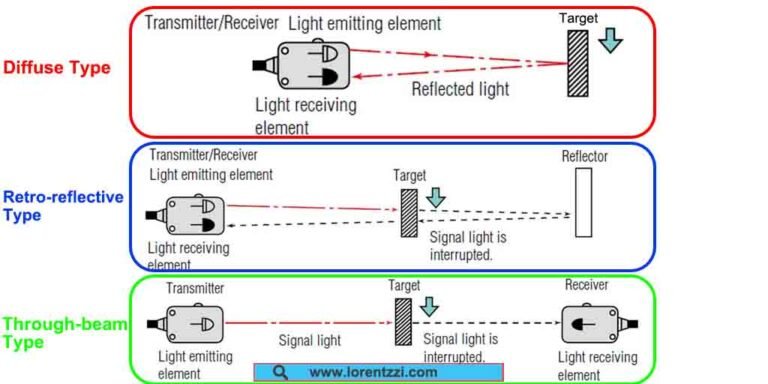
There are three types of photoelectric sensors, namely diffuse, retro-reflective and through-beam photoelectric sensors.
Diffuse sensors detect objects by relying on diffuse reflection, where light reflects off the object itself.
Retro-reflective sensors, on the other hand, use a retro-reflective reflector to bounce light back to the receiver. Because the reflector is designed to efficiently return light to its source, retro-reflective sensors typically have a much longer detection range than diffuse sensors.
While the emitter and receiver of a through-beam sensor is separated, and the emitter and receiver should be installed oppositely, so the through-beam one has the longest detection distance.
For knowledge, you can have a look at our article: Photoelectric Sensor Types Unveiled: Your Ultimate Guide!
Photoelectric sensors applications
The photoelectric sensors can be found in many applications, we have provided the typical applications. You can read this article: Photoelectric Sensor Applications: 5 Typical Examples.
Do photoelectric sensors include safety light curtains?
The safety light curtains belong to a photoelectric sensor, it is more like a through-beam sensor, simply speaking, it combines many photoelectric sensors into one product in parallel connection, once one light beam of them is blocked, it will activate its output then stop the machine.
What is the difference between the photoelectric sensors and capacitive sensors?
All of the two proximity sensors can be used to detect metallic and non-metallic objects, but the main difference is their working principle and detection distance.
Photoelectric sensors utilize light to detect while capacitive sensors use electric fields to detect. And the photoelectric sensor’s detection distance is much longer than the capacitive proximity sensor.
Can I use a photoelectric sensor to detect transparent materials such as glass?
Yes, we can use photoelectric sensors to detect transparent glass or bottles, but it is better to use a diffuse or retro-reflective type. Because both types use the change of light intensity to detect whether the object is within this sensing range.
What are the differences between proximity sensor and photoelectric sensor?
There are 4 differences between photoelectric sensors and proximity sensors:
- Different working principles: Photoelectric sensors use infrared light as a light source to detect the presence of an object, while proximity sensors use changes in eddy current (inductive sensors) or capacitance (capacitive sensors) to detect objects.
- Different sensing distances: Photoelectric sensors have a longer detection distance than proximity sensors, and photoelectric sensors can sense any solid, liquid or transparent objects, while inductive proximity sensors can only sense metal objects.
- Different working environments: Photoelectric sensors can only work in a clean, dust-free, oil-free environment, while proximity sensors can work in harsh environments, regardless of dust or oil.
- Different prices: Photoelectric sensors are always more expensive than proximity sensors.
What is the photoelectric switch symbol?
Please see the photoelectric sensor symbol at the link provided by Siemens: https://symbols.radicasoftware.com/category/photoelectric-sensors.

